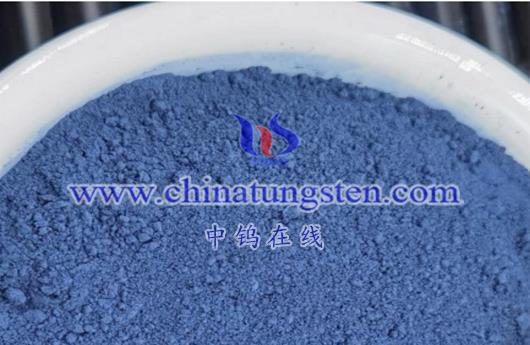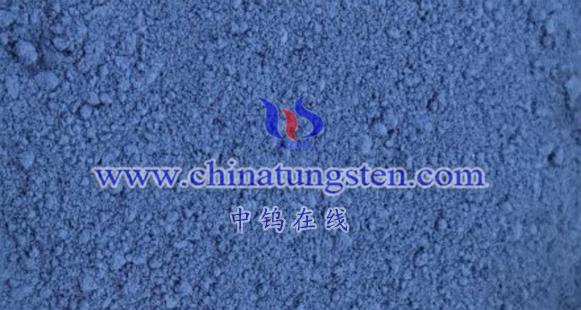
Nano tungsten oxide (WO₃), a prominent n-type semiconductor material, exhibits exceptional performance in sensing applications. Its sensing properties can be categorized as follows:
- Gas Sensing Performance
1.1 High Sensitivity to Gases
- Enhanced Adsorption and Desorption:
Nano WO₃, with its high specific surface area and abundant surface defects, facilitates effective adsorption and desorption of gas molecules, increasing gas sensitivity. - Effect of Doping and Structural Modifications:
Elemental doping (e.g., alkali metals) and structural optimizations, such as the development of three-dimensionally ordered macroporous (3DOM) structures, significantly enhance WO₃’s gas sensing capabilities.- Example: Lithium-doped 3DOM WO₃ exhibits remarkable sensitivity to nitrogen dioxide (NO₂), with improved response values under optimal operating conditions.
1.2 Sensitivity and Detection Limits
- Nano WO₃ gas sensors can detect gases at extremely low concentrations, even in the parts-per-billion (ppb) range.
- This is attributed to its nanoscale structure, allowing a larger interaction area for gas molecules to react with the sensor material.
1.3 Selectivity
- While WO₃ responds to various gases, its selectivity can be improved through targeted modifications:
- Composite with Other Materials: Combining WO₃ with other metal oxides, such as CuO, adjusts its sensing capabilities. For instance, WO₃-CuO composites are highly selective for hydrogen sulfide (H₂S) detection.
- Other Sensing Properties
Nano WO₃ also demonstrates sensitivity in areas beyond gas detection, such as:
- Photodetection: Leveraging its optical properties for detecting light intensity and wavelength changes.
- Humidity Sensing: Monitoring moisture levels in various environments.
- Factors Influencing Sensing Performance
The sensing performance of nano WO₃ is influenced by several factors:
- Morphology and Structure: Variations in particle size, shape, and crystalline structure directly impact its gas sensing efficiency.
- Composition: Doping and material composites alter electronic properties and gas adsorption characteristics.
- Operating Conditions: Performance depends on temperature, target gas type, and gas concentration.
Optimization tailored to specific applications can significantly improve sensing efficiency and accuracy.
- Application Prospects
Given its excellent sensing capabilities, nano WO₃ finds applications in various fields:
4.1 Environmental Monitoring
- Detection of air pollutants and hazardous gases such as NO₂, CO, and VOCs.
4.2 Industrial Safety
- Monitoring toxic gas leaks and ensuring workplace safety.
4.3 Medical and Health Applications
- Breath Analysis: Identifying biomarkers for diseases through exhaled gas detection.
- Disease Diagnosis: Non-invasive sensing technologies for health monitoring.
Conclusion
Nano tungsten oxide (WO₃) is a vital material in the field of gas sensing, offering high sensitivity, low detection limits, and wide applicability. With continued advancements in material design and sensing technology, the performance of nano WO₃ sensors is expected to improve further, unlocking new applications in environmental, industrial, and healthcare sectors.
More details of tungsten oxide product, please visit website: tungsten-oxide.com
Please contact CHINATUNGSTEN for inquiry and order of tungsten oxide:
Email: sales@chinatungsten.com
Tel.: 86 592 5129595














